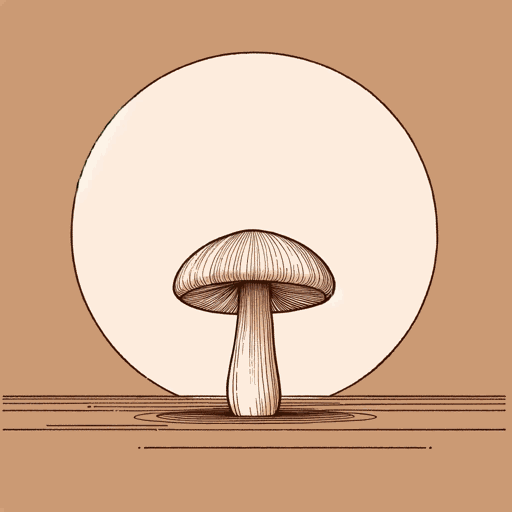75 pages • 2 hours read
Anna Lowenhaupt TsingThe Mushroom at the End of the World
Nonfiction | Book | Adult | Published in 2015A modern alternative to SparkNotes and CliffsNotes, SuperSummary offers high-quality Study Guides with detailed chapter summaries and analysis of major themes, characters, and more.
Before You Read
Summary
Preface
Prologue
Part 1, Introduction
Part 1, Chapters 1-3
Part 1, Interlude 1.1
Part 2, Introduction
Part 2, Chapters 4-7
Part 2, Interlude 2.2
Part 2, Chapters 8-10
Part 2, Interlude 2.3
Part 3, Introduction
Part 3, Chapters 11-13
Part 3, Chapters 14-15
Part 3, Chapters 16-17
Part 3, Interlude 3.3
Part 4, Introduction
Part 4, Chapters 18-19
Part 4, Chapter 20 and Conclusion
Key Figures
Themes
Index of Terms
Important Quotes
Essay Topics
Part 4, Chapters 18-19Chapter Summaries & Analyses
Part 4: “In The Middle of Things”
Part 4, Chapters 18-19 Summary and Analysis
This section covers Chapters 18-19: “Matsutake Crusaders: Waiting for Fungal Action” and “Ordinary Assets.”
Returning to Japan, Tsing stresses that efforts to revitalize matsutake reveal the limits of human action: Bringing the mushroom back relies mostly on nature, not people, though the conservationists she finds are hoping to discover where their work may be useful, facilitating what nature can already do. These groups call themselves “Matsutake Crusaders” and they clear other trees to make room for pines, and thus, mushrooms. This brings people of various ages out of the city, to form a connection to the landscape and have meals and fellowship with one another. Tsing considers these people in contrast to their American counterparts, wondering how Japanese ideas about tree renewal center human involvement, while American ones disparage it.
In the immediate postwar period, tree plantations replaced peasant forests, only to be displaced by the 1970s as Japanese people used fossil fuels to heat their homes. Villagers no longer needed their historic rights to enter the woods, and only mushrooms were of interest there. The current high price of matsutake help some villages maintain themselves. Current forest volunteers see their work in the woods as one that “remakes the human spirit” (262), by connecting them to rural practices and one another.

